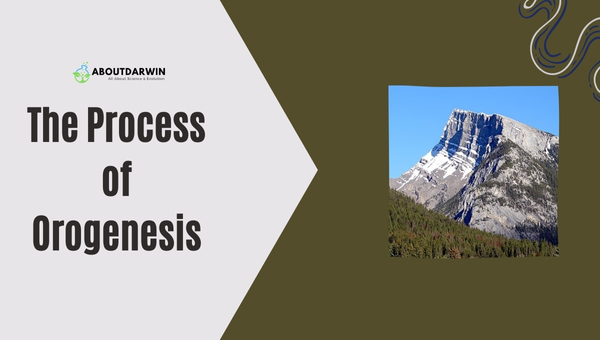Physical Address
304 North Cardinal St.
Dorchester Center, MA 02124
When I think about landscapes on our planet, I can’t help but be amazed by the stunning diversity of mountain ranges. From the highest peak of Mount Everest to the rolling hills found worldwide, mountains have always captivated the human imagination. But have you ever wondered how mountains are made? In this article, I’ll delve into the geologic processes behind mountain building and shed some light on this fascinating subject.
Mountains form through various complex processes deep beneath the Earth’s surface. One such method, plate tectonics, plays a significant role in forming these majestic elevations. The Earth’s outer crust is divided into several large, rigid plates that continuously move and interact with one another. When these tectonic plates collide, immense pressure is generated, causing huge chunks of rock to fold, fault, and ultimately form mountains.
Although plate tectonics is critical in mountain building, other processes are also involved. Volcanic activity contributes to mountain formation when molten rock, or magma, pushes through the Earth’s crust and cools to solidify on the surface.
Erosion and sedimentation, spurred by the elements over time, also contribute to the creation of mountains. With all these factors at play, the story of mountain building is a tale of Earth’s powerful geologic forces in action, shaping our world in awe-inspiring and intricate ways.
Orogenesis, or mountain building, is an intricate process that is critical in forming our planet’s diverse landscapes. In this section, I’ll delve into the complexities of orogenesis and shed light on its various mechanisms.

Fundamentally, orogenesis involves the formation of mountains due to various geological processes. These processes can be broadly classified into three categories – tectonic, volcanic, and erosional. Let’s briefly examine each of these processes to appreciate better how mountains are made.
Tectonic processes create mountains through the interaction of Earth’s lithospheric plates. When these plates collide, fold, or converge, pressure builds up, causing rocks to buckle, fracture, and be pushed upwards. There are two types of tectonic mountain formations:
Volcanic processes contribute to mountain building by ejecting molten rock, or magma, onto Earth’s surface. As magma cools and solidifies, it accumulates in layers, eventually forming volcanic mountains.
Volcanic mountains are commonly found near tectonic plate boundaries, especially in subduction zones where one plate is forced under another. Examples include the Cascade Range in the western United States and the Andes in South America.
Erosional processes, however, shape mountains over time by wearing away at their surfaces through natural agents like wind, water, and ice. These erosion-driven landforms include:
Lastly, it’s essential to note that these processes often occur concurrently or sequentially, leading to a diverse range of mountainous landscapes. Depending on the specific geological setting and time scales involved, various combinations of tectonic, volcanic, and erosional processes contribute to the formation of Earth’s mountains.
Orogenesis encompasses a variety of complex geological processes responsible for the formation and evolution of mountains. Understanding these processes is vital for geologists and environmental scientists, as they can provide valuable insights into Earth’s dynamic history and inform ongoing efforts to preserve and manage our planet’s mountain ecosystems.
Mountain-building processes, such as plate tectonics, volcanic activity, and erosion, create the stunning landscapes we admire worldwide. In this final section, let’s quickly recap what we’ve learned and touch on the significance of understanding these processes.
To begin with, three main processes contribute to mountain building:
It’s essential to recognize that mountain building is an ongoing process. With our ever-changing Earth, new mountains continue to form while others gradually erode, shifting the landscape we see today.
Understanding mountain-building processes not only allows us to appreciate the geology of our planet but it also plays a crucial role in anticipating natural disasters such as earthquakes, volcanic eruptions, and landslides. This knowledge can limit potential risks and implement appropriate safety measures in various regions across the globe.
I hope that you now understand mountain building better and how mountains are made and that the information provided has added value to your knowledge of our planet’s captivating landscapes. Remember that, as an expert blogger, I aim to share accurate, reliable, and engaging information to help expand your understanding of the world around us.